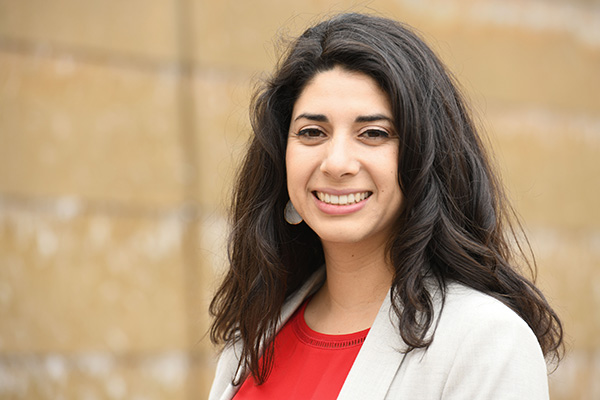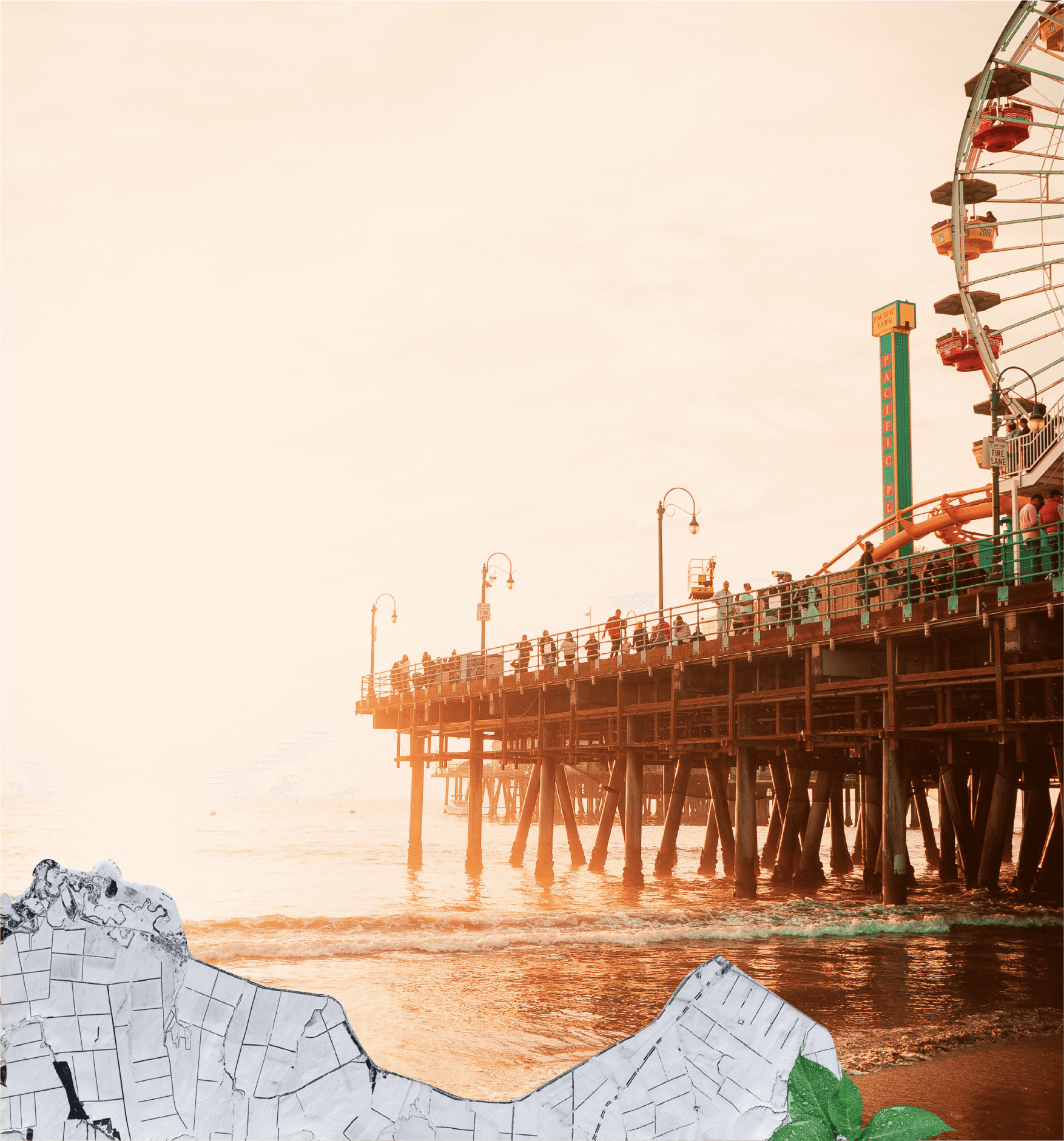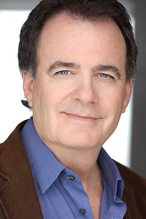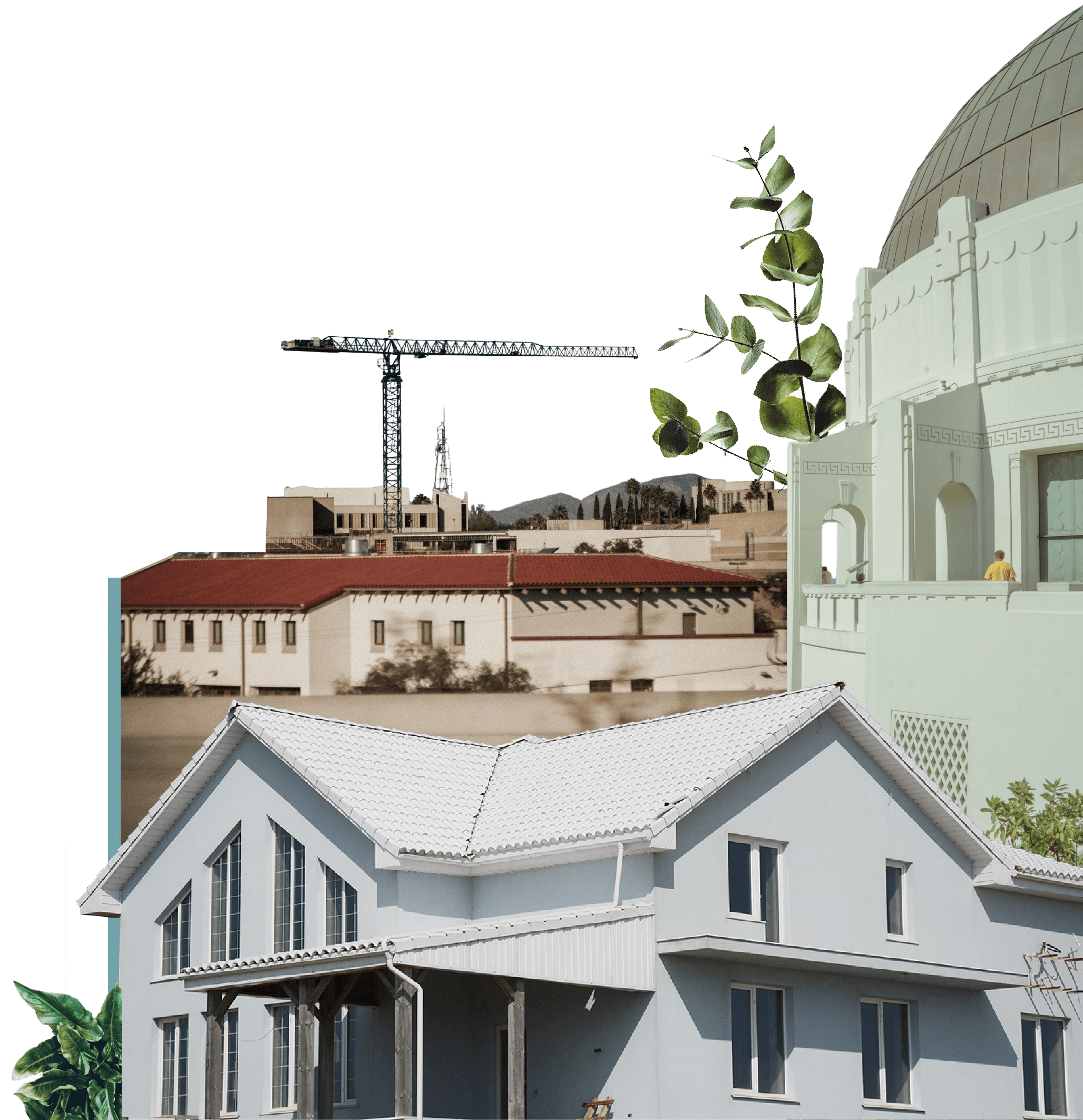Cool Streets
Researchers predict that heat waves will become two to ten times more frequent across California by 2050. 1
Los Angeles's (LA County) formerly redlined neighborhoods are most impacted by extreme heat. These neighborhoods often have freeways built over or through them, are near ports with high levels of impermeable surfaces, and lack tree cover. The combination of heat and pollution leads to high levels of asthma and other respiratory conditions. Low-income households can also struggle to meet the energy costs of running air conditioning, further exacerbating heat issues.
If cool, reflective roofs were adopted throughout the state’s most populous areas—including Los Angeles—heat-wave exposures (defined as each time a person experiences a heat wave) could be brought down by thirty-five million each year.
Without this proactive approach, Los Angeles could see an estimated eighty million heat-wave cases in 2050.


Changing the Law
Global climate modeling completed by teams at the University of California, Los Angeles (UCLA) shows that, no matter what, extreme heat is set to rise in Los Angeles. 2How much it will rise depends on what strategies the region can immediately take to mitigate its impact.
Los Angeles County recognized that the impact of climate change and extreme heat could not be the responsibility of a single office. In response, the Public Health Department, chief security officer, Building and Safety Department, and the Sustainability Office worked as a coalition to devise solutions to the growing threat of extreme heat.
They focused on reducing heat-trapping surfaces by passing an ordinance mandating that all new buildings in Los Angeles must be built using cool-roof technologies to reflect solar radiation.

Supporting the project was Climate Resolve, a local nongovernmental organization (NGO) working on resilient solutions to the climate crisis. Climate Resolve promoted the Cool Roofs Ordinance to willing partners in local government. It recommended materials that would effectively reflect radiation, worked with manufacturers to help them understand what materials to use, and assisted policymakers to draft the legislation.
As with all laws, a legal process was followed to implement the Cool Roofs Ordinance. First, a research study proved the effectiveness of the new law. Then, the law was drafted by civil servants with support from Climate Resolve. The County Board of Supervisors adopted the ordinance in 2018, which established the most aggressive cool roofs requirement in the nation.
The County Board of Supervisors adopted the ordinance in 2018, which established the most aggressive cool roofs requirement in the nation.
The ordinance amended the Green Buildings Standard code to turn a voluntary requirement on cool-roof technology into a mandatory one—guaranteeing that, in the years and decades to come, all new buildings and updated buildings in Los Angeles will use cool-roof technology to tackle extreme heat.
In its final draft, the Cool Roofs Ordinance "requires utilization of cool roofing for new building constructions, building additions, and major roof replacements in the unincorporated areas of Los Angeles County."3
It confirmed the levels of solar reflectiveness and thermal emittance that all roofing materials should have to be compliant with the law.


Advocating for Change
The Building and Safety Department worked with the construction industry to explain the new regulations. The department had individual conversations with builders and manufacturers to discuss the ordinance, why it was needed, and how to source the materials required.
Going forward, the Building and Safety Department is responsible for enforcing the ordinance and ensuring that all new construction work is completed with cool-roof technology.
Promoting the new law is also the responsibility of roofing suppliers. Cool-roofing materials can be bought by individual homeowners when renovating their own homes, including from local stores. Homeowners can also have a choice about how their new cool roofs look because twenty-two different types of roofing meet the ordinance’s requirements.
The Housing Crisis
There are numerous co-benefits to the Cool Roofs Ordinance. Crucially, it can help Los Angeles address its ongoing housing crisis.
The new ordinance insists that any new public-housing projects planned by the local government will be built with cool roofs. Grant money for public housing comes from state funds—and it is easier to secure this funding when the city can prove its projects are climate resilient.
The Cool Roof Ordinance has helped Los Angeles win funding for housing from the Affordable Housing and Sustainable Communities Program, enabling the county to build more homes and protect residents from extreme heat.
Cool Streets
Climate Resolve is now working with the local government to expand cool-roof technology to the streets.
It is piloting a variety of technologies—such as applying a thin layer of titanium dioxide to asphalt surfaces to reflect up to 60 percent of the sun's radiation—to determine which interventions work best to make Los Angeles streets cooler and safer, with minimal disruptions to the city's inhabitants.
Climate Resolve even hopes to bring cool technology to playgrounds and schools.

